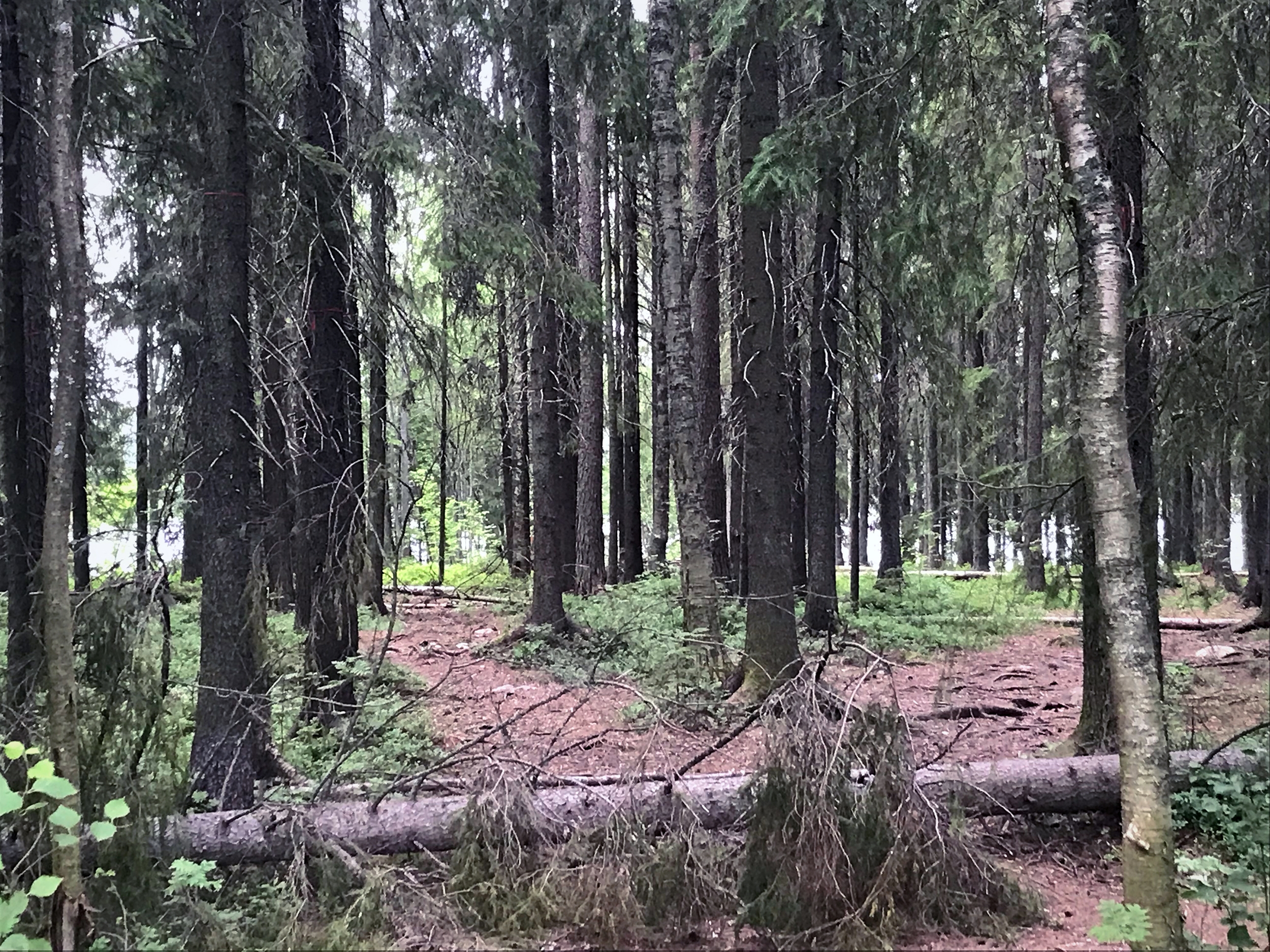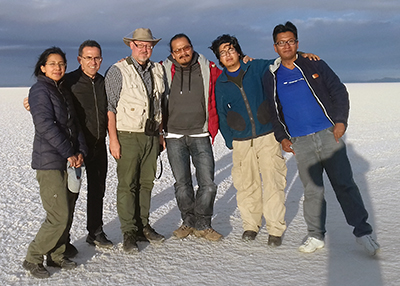New Monies for Research to Bio4Energy Scientists from Swedish National Funders
A number of Bio4Energy research leaders have won funds in this year’s round of grants from the prestigious Swedish Research Council VR.
VR made its announcement this month, unveiling multi-million Swedish kronor grants to fund scientific research projects in its category for Natural and Engineering Sciences.
The projects and their participants are listed, as follows.
- 2ndUpChance: A second chance for Upcycling of Microplastics, Paul Christakopoulos, Luleå University of Technology – Bio4Energy Biopolymers and Biochemical Conversion. LTU co-applicants are Kerstin Ramser, Suman Bajracharya, Alok Kumar Patel, Leonidas Matsakas and Ulrika Rova.
- To Grow or to Defend? Deciphering defence—growth strategies in pine and spruce under local light conditions in Sweden, Rosario García-Gil, Swedish University of Agricultural Sciences – Bio4Energy Forest-based Feedstocks. Co-applicants are Malin Elfstrand and Sonali Sachin Ranade, both SLU.
- Fundamental Understanding of Diffusion in Zeolites, Jonas Hedlund, Luleå University of Technology – Bio4Energy Catalysis and Separation. Co-applicants are Liang Yu, LTU and Igor Zozoulenko, Linköping University.
- Molecular Control of Carbon Storage in Trees, Totte Nittylä, Swedish University of Agricultural Sciences – Bio4Energy Forest-based Feedstocks
- Heat and Mass Transfer of Reactive Porous Particles, Kentaro Umeki, Luleå University of Technology – Bio4Energy Thermochemical Conversion. Co-applicant Nils Erland Haugen has a double affiliation to LTU and to SINTEF Energy, respectively.
- Evolution of Characteristics in Layers of Bed Particles: For next generation of thermal conversion processes for biomass in fluidised beds, Marcus Öhman, Luleå University of Technology – Bio4Energy Thermochemical Conversion. LTU co-applicant is Fredrik Forsberg.
- Decoding of the Role of Lignin Chemistry for Plant Growth, Development and Resistance to Drought, Edouard Pesquet, Stockholm University – Bio4Energy Forest-based Feedstocks. Co-applicant is Tanja Slotte, SU.
The latter recipient also scored a multiannual grant for his research proposal to Formas Research Council, which announced the outcome of its Annual Open Call around the same time.
3DWOOD—Printable Wood as an Alternative to Plastic: A composite wood material with new characteristics made from stem cell cultures and glued together with natural lignin, Edouard Pesquet, Stockholm University – Bio4Energy Forest-based Feedstocks. Co-applicant is Aji Mathew, SU.
Related News
Inventions by Bio4Energy Researchers Highlighted by Royal Academy for Future Potential – Bio4Energy
Bio4Energy Researcher Awarded Medal for ‘Exceptional Contribution’ – Bio4Energy
Three-year Project Could Set Steelmaker Well on Way to Hydrogen-based Operations – Bio4Energy
Plants Adapt their Lignin Using Chemical ‘Encoding’ Enzymes, New Report Suggests – Bio4Energy
Innovation Award for R&D on Biogas Separation Technology to Bio4Energy Researcher – Bio4Energy
Polymer Lignin May Be Modified for Drought Resistance in Plants – Bio4Energy
Phase Out of Fossil Coal in Sweden’s Iron, Steel Industries on Cards – Bio4Energy

 ©AnnaStrom
©AnnaStrom Bio4Energy ©2022
Bio4Energy ©2022



